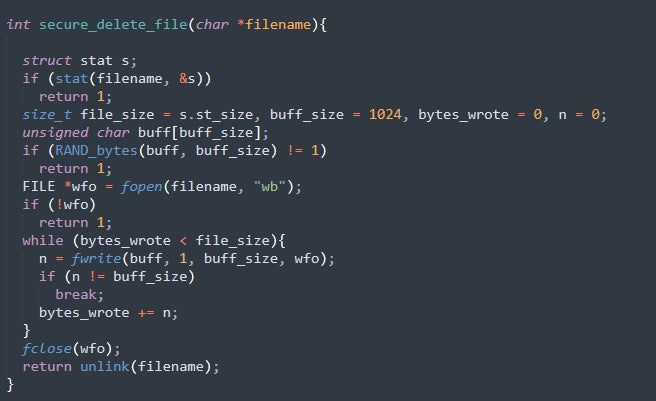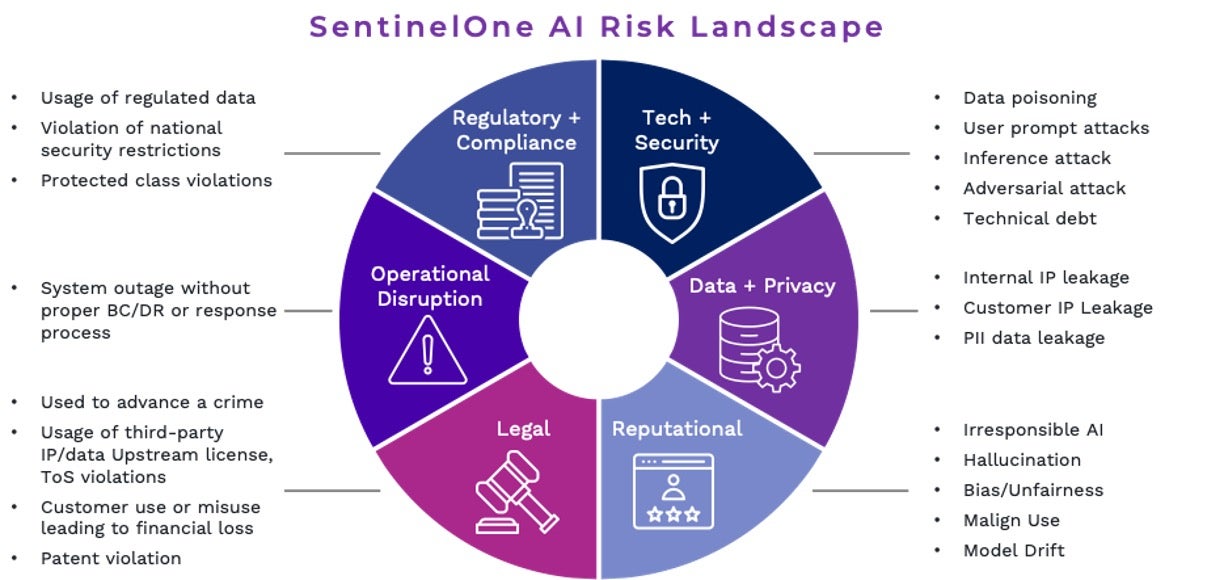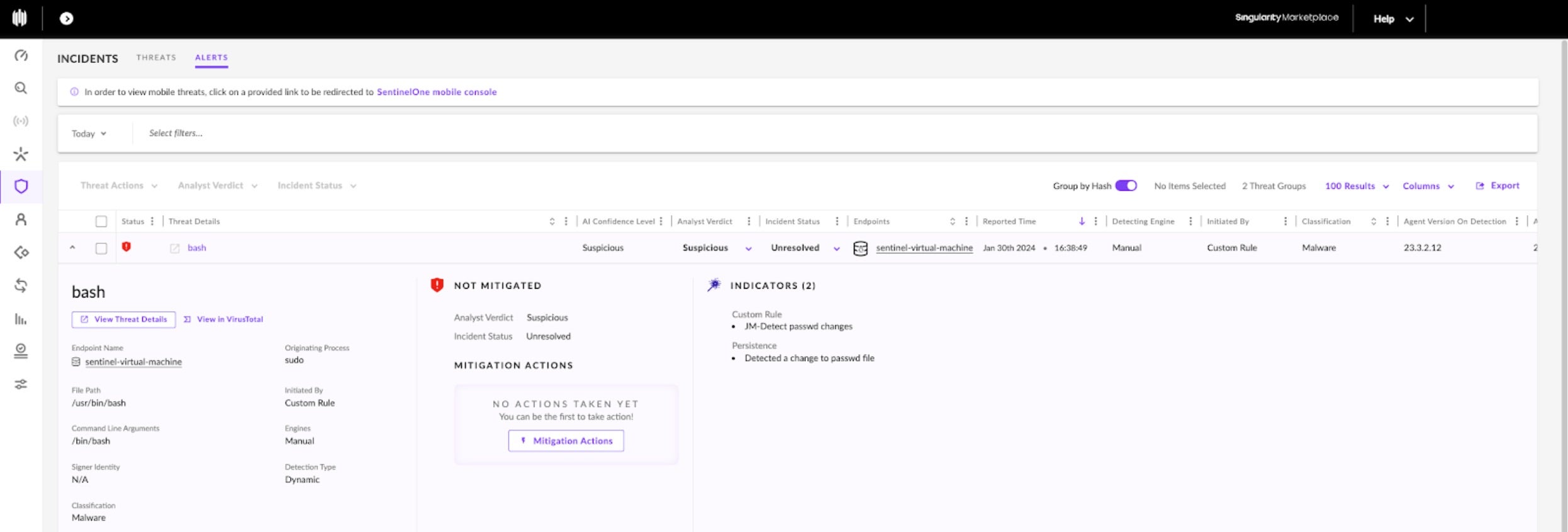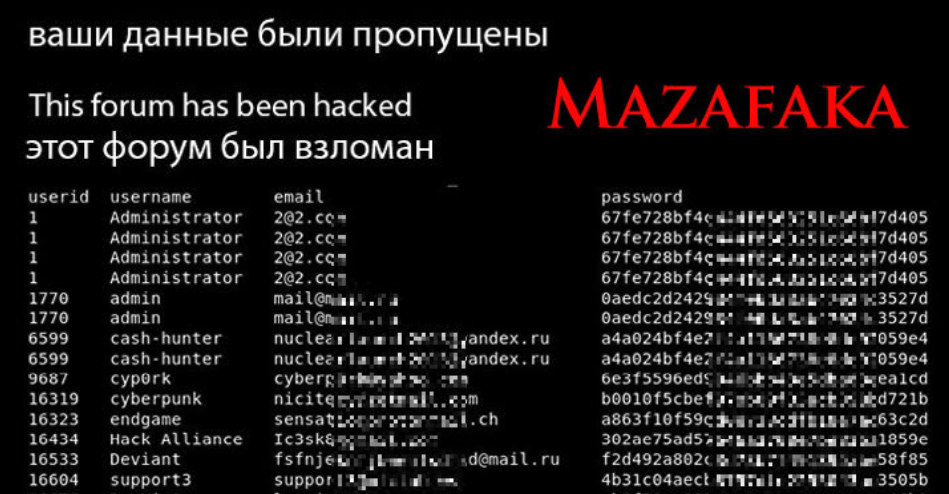PinnacleOne Alert | Russian Space-Based Nuclear Anti-Satellite Weapon
Key Takeaways
- Russia is likely developing, but has not fully deployed, a nuclear-weapon based anti-satellite system (which would be a treaty violation).
- This system would threaten to destroy wide swaths of military and commercial systems in low and medium earth orbit, create ground effects, and complicate strategic deterrence.
- The USG is peeling back the curtain, slightly, on the increasing weaponization of space to alert the broader public to the consequences to economic and geopolitical stability.
- Firms should incorporate assessments of space-based threats (human and natural) to the core capabilities they rely on to conduct their operations, especially satellite communications, position/navigation/timing, and ground-based systems with space-based dependencies.
Recommendations
Organizations that have to this point assumed the reliability and availability of space systems should conduct scenario-based planning and exercises to improve enterprise resilience.
Executives should ask:
- How would my business function if satellite communications, GPS, or regional electrical infrastructure were interrupted or degraded for weeks or months?
- What would we expect to be a collateral consequence of the overt weaponization of space or outright space conflict for terrestrial geopolitical and economic affairs?
- How do we attempt to better understand and assess the implications of these normally highly classified and deeply shrouded government activities on my commercial objectives?
- How do we as an organization build more resilience and redundancy into our service providers for essential communications and PNT capabilities?
What Happened?
Multiple sources reported Russia is in the process of developing a space-based anti-satellite (ASAT) nuclear weapons system that would be strategically destabilizing if made operational. Sources told the NYT that Russia “does not appear close to deploying” a nuclear weapon itself, and it is not considered an “urgent threat”. However, there is a “limited window of time, which they did not define, to prevent its deployment.”
While NPR’s sources were not certain if the capability was based on a nuclear weapon or merely nuclear powered, the Washington Post’s reporting squared with the NYT, quoting officials familiar that it involved “damaging critical intelligence or communications satellites with a nuclear weapon.”
Why Does it Matter?
The objective of such a system is to create a form of “area-denial” via electromagnetic interference and radiation effects on satellites in orbit. Deploying nuclear weapons into space is prohibited by the 1967 Outer Space Treaty (negotiated between the U.S. and the Soviet Union).
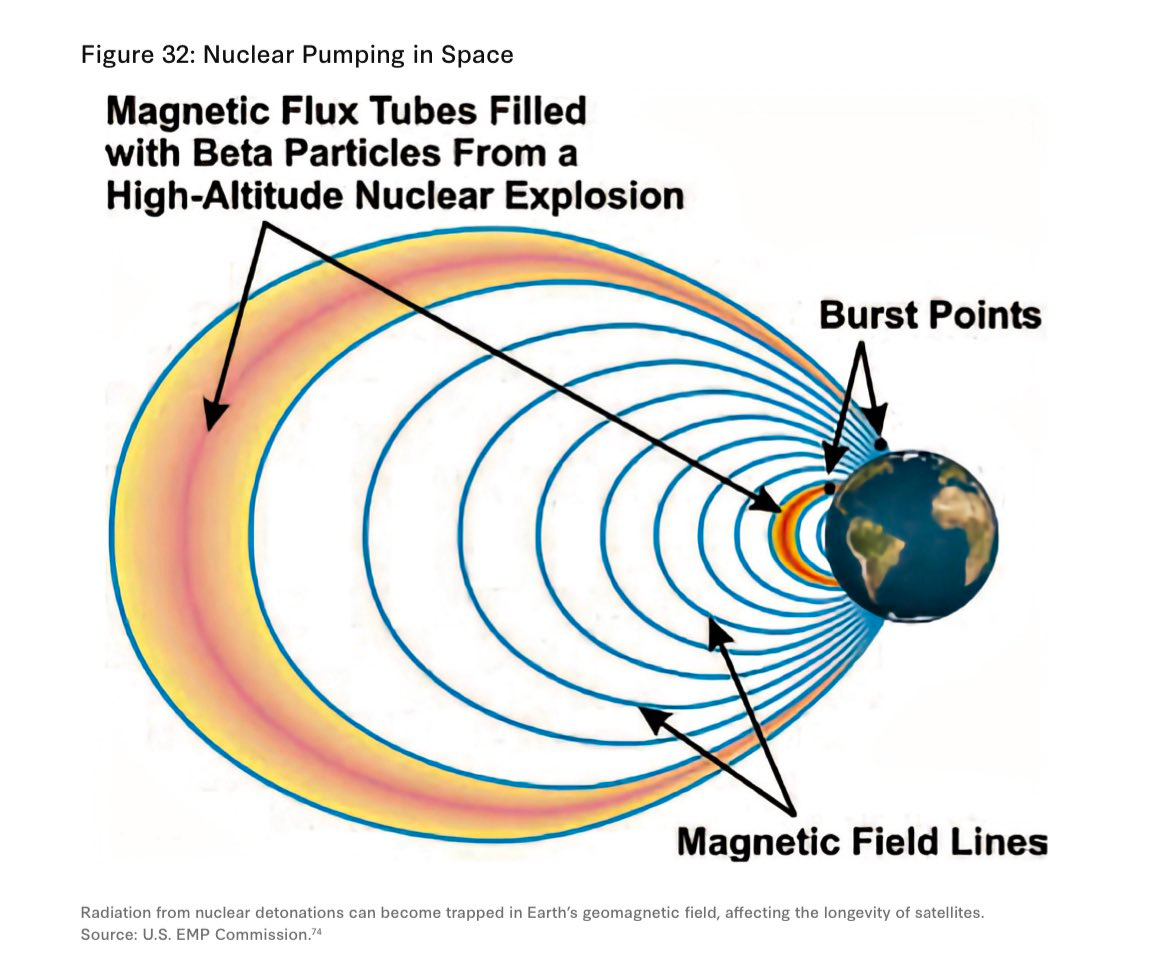
This intelligence comes in the context of Russia’s known heavy investments in superoruzhie (“superweapons”), as an asymmetric strategy to counter U.S. technical overmatch. From the Status-6 megaton nuclear torpedo, to the M730 Burevestnik nuclear-powered cruise missile, Avangard hypersonic glide vehicle, and 9M730 Burevestnik nuclear-powered cruise missile, this new nuclear ASAT system continues a pattern of developing weapons that strike fear of catastrophic destruction to maintain a strategic balance.
It is noteworthy that these reports come soon after the Russian’s launched Kosmos-2575 (a national security related payload) on 09FEB24 in a way that made it coplanar to Kosmos-2574 launched on 27DEC23. The US Space Force confirmed these satellites have identical orbital parameters. These launches are similar to those Russia conducted in 2022 of “inspector satellites” that can maneuver in orbit and “exhibited characteristics of a space weapon” but are not alleged to be nuclear in nature.
What Is the U.S. Saying?
Attentive observers would have seen, on 13JAN24, the Deputy Secretary of Defense post to X: “The United States is committed to leading with restraint and responsibility in the space domain — and in every domain. We do our part to avoid escalation. We strive to prevent miscommunication. And we work with like-minded nations to keep the space domain peaceful.”
The next day on 14JAN24, Deputy Secretary of Defense Hicks posted, “Space can be a domain of unpredictability, chaos, and destruction… or a domain of stability, tranquility, and possibility. For the good of all mankind, the United States emphatically chooses the latter – and we strongly encourage all nations to do the same.” In retrospect, this seems like a clear expression of displeasure directed at the Russians for their moves to covertly weaponize and destabilize the space domain.
It comes soon after Hicks signed an order rewriting the DoD’s classification policy for space in order to downgrade information previously locked up in Special Access Programs for broader dissemination with allies and partners. Back in 2021, General Hynten (Vice Chairman of the Joint Chiefs of Staff) told the National Security Space Association: “In space, we over-classify everything… Deterrence does not happen in the classified world. Deterrence does not happen in the black; deterrence happens in the white.”
The Washington Examiner reported that “Russian physicists have openly theorized plans to develop a space-based nuclear warhead system that would vaporize a second target-facing element to create a plasma wave that strikes targets in space at range.”
Technical Background
With this disclosure, the U.S. will now have to determine how to respond and how much of this response it needs to make public. Rep. Turner’s statement and presentation of relevant intelligence to the entire House has put his colleagues in the Senate and the White House in a difficult position as they deliberate on a response that preserves geopolitical and strategic flexibility.
A Defense Threat Reduction Agency report found that “one low-yield (10-20 kt), high altitude (125-300 km) nuclear explosion could disable — in weeks to months — all LEO [low earth orbit] satellites not specifically hardened to withstand radiation generated by that explosion.” They note a strategic objective of such an attack would be a “deliberate effort to cause economic damage with lower likelihood of nuclear retaliation.. by [a] rogue state facing economic strangulation or imminent military defeat or [p]ose economic threat to the industrial world without causing human casualties or visible damage to economic infrastructure.”
Prompt/direct nuclear effects against ground and air infrastructure via a high altitude electromagnetic pulse (HEMP) would be immediate, though somewhat localized under the detonation. Within weeks, however, the accumulating degradation against LEO assets would cause global disruption to most orbital telecommunications assets.
Also, the Pentagon highlighted in its annual report on the People’s Republic of China military that “the PRC is developing other sophisticated space-based capabilities, such as satellite inspection and repair. At least some of these capabilities could also function as a weapon.”
Given that, for now it appears, Russia has not yet deployed nuclear weapons themselves into orbit, there is time for crisis management, strategic signaling, and deterrence options. However, if they come close to putting, or actually put, a nuclear “package” into space in violation of the OST, then the U.S. would be facing an immediate strategic crisis on par with the Cuban Missile Crisis, at a time when leaders have their hands full with international crises and geopolitical flashpoints.
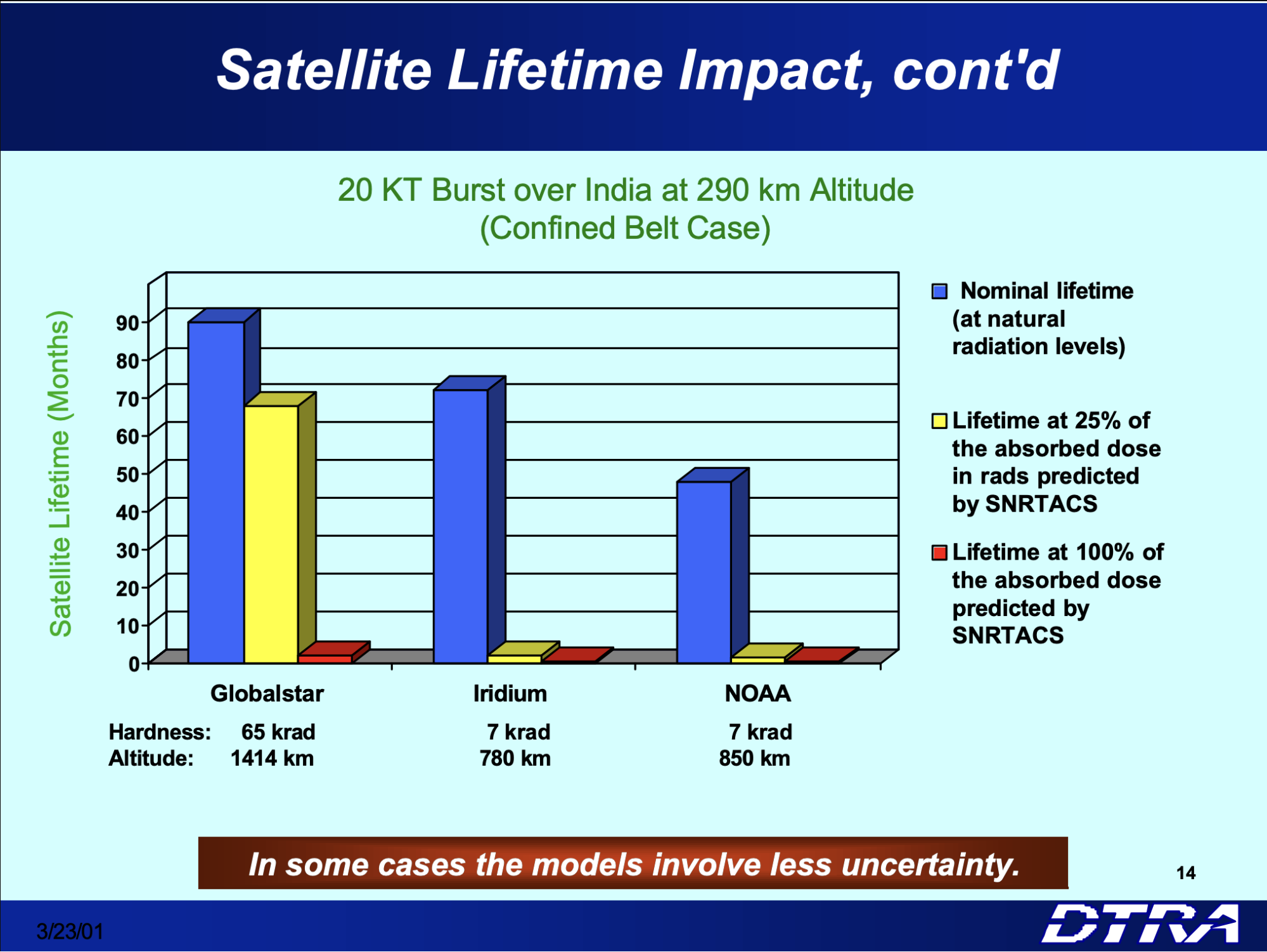
What Should Executives Know?
While this remains in the strategic and orbital sphere for now, the implications for terrestrial communications systems, the emerging space economy, and global peace are deeply concerning. Further, this action by Russia is meant to serve as a cross-domain deterrent to shape conventional conflicts and diplomacy on the ground, casting the dynamics of the Ukrainian war in the light of its implicit threat to make a mess of things in space.
This development sheds public light on an issue that those in the intelligence and defense communities have been concerned with for years – namely, the fragility of global communications and position, navigation, and timing (PNT) systems to disruption or destruction in space.
More now recognize that space is the source of novel risks for a global economy dependent on orbital systems: space weather and solar flares, proliferating directed energy and electromagnetic warfare systems (both ground based and space-based), cyberattacks on space-systems, and the worrying prospect of orbital nuclearization create an escalating and complex risk environment.




